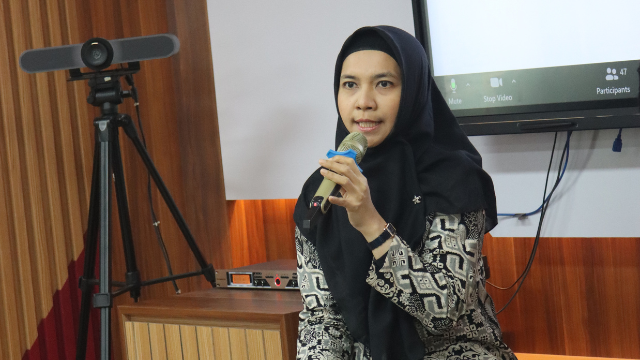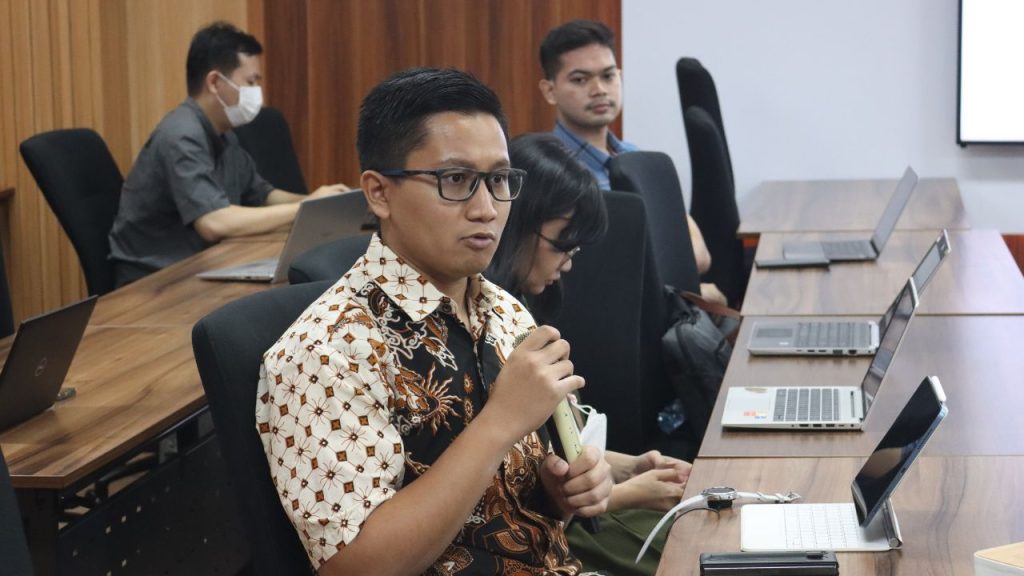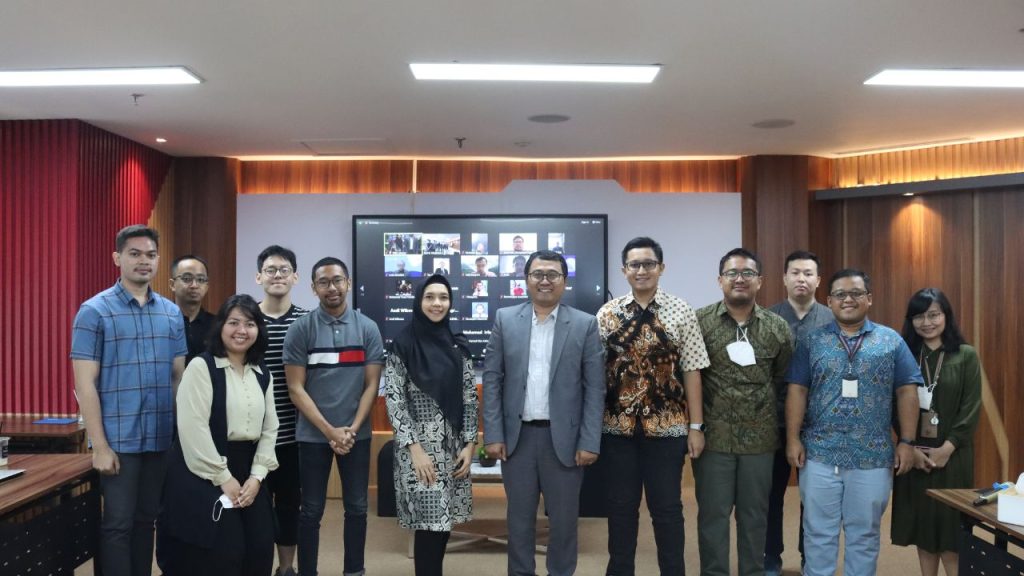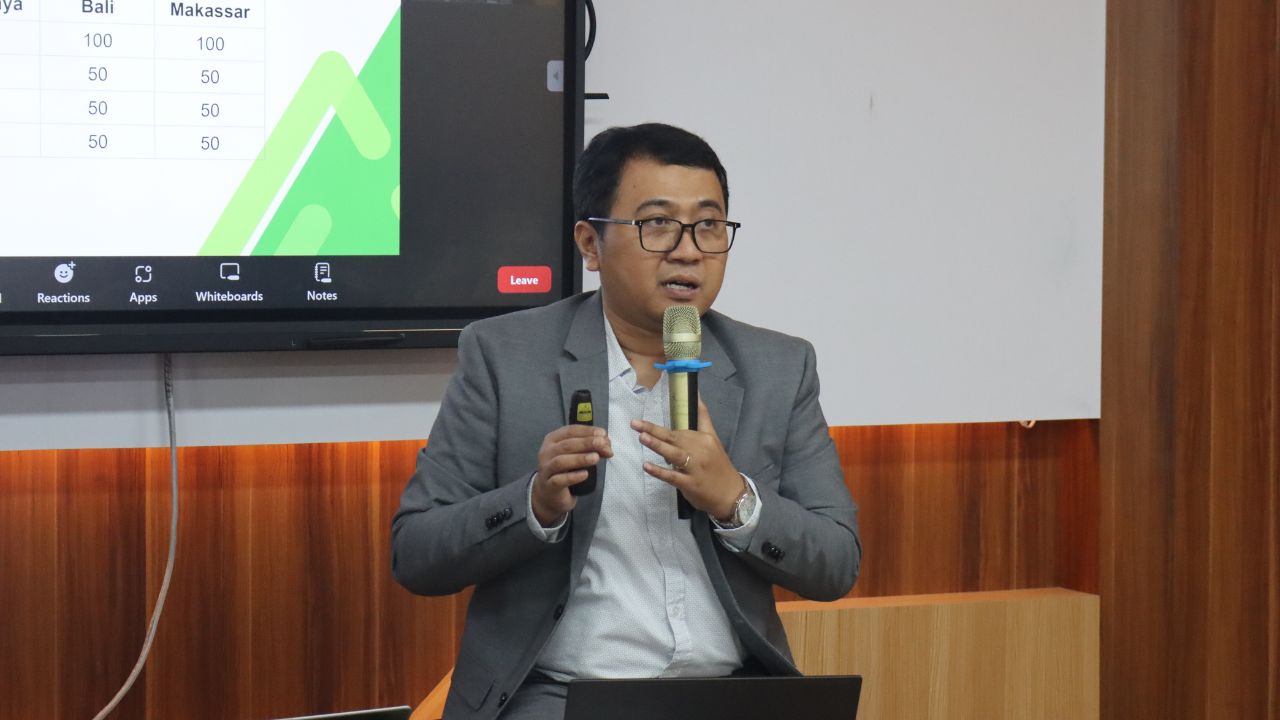Researchers from the School of Business and Management at the Bandung Institute of Technology (SBM ITB) released their latest research results on the “Ride-Hailing Industry 2023” on Friday, September 15, 2023. This quantitative research was conducted in two data collection phases, involving face-to-face interviews with over 2,500 respondents in 10 cities in Indonesia (Jakarta, Bogor, Depok, Tangerang, Bekasi, Bandung, Medan, Makassar, and Bali). The respondents included users (1,000), driver partners (500 motorcycle and 500 car drivers), and micro, small, and medium-sized business owners (500 outlets). The research found that the Ride-Hailing Industry in Indonesia contributed Rp 382.62 trillion annually, or approximately 2 percent of the 2022 GDP (Rp 19,588.4 trillion). This value includes gross transactions through online transportation, food delivery, shopping, and courier services. In this research, decision experimentation and simulation were also carried out using a dynamic system to test the impact of scenarios of changes in the status of driver and platform relationships on the ride hailing industry ecosystem in the next 5 years.
Led by Dr. Yos Sunitiyoso, the study took place from May 2023 to early September 2023. It explored the economic contributions of the ride-hailing industry and its added value to stakeholders, including users, drivers, and micro, small, and medium-sized businesses (MSMEs). It is expected that the results of this research can help provide a more comprehensive understanding of the multi-sided interactions between drivers, users, and traders that occur with the facilitation of ride hailing platforms. Factors that influence the decisions, satisfaction, and concerns of each party are also explored in this study.
Yos stated, “From the ride-hailing industry, there has been a 46.33 percent increase in revenue, equivalent to Rp 58 trillion per year in the food sector of MSMEs. Meanwhile, non-food MSMEs saw a 23 percent increase in revenue, equivalent to Rp. 24.6 trillion. Additionally, the ride-hailing industry has helped 44.17 million Indonesian users of online transportation services, approximately 3.98 billion hours per year, valued at Rp 5.06 trillion.”
Key findings from this research include:
- This research revealed that 1 in 4 Indonesians (approximately 73.62 million) depend on the ride-hailing industry. Ride-hailing companies offer app-based ride-hailing services, including motorcycle taxis, car rentals, and food and grocery delivery services. Their presence not only opens up significant potential in the fourth-largest economy’s mobility sector but also contributes significantly to MSMEs), especially food sellers, wet market vendors, and social sellers, who can now tap into the vast digital consumer market in the country. Out of approximately 73.62 million users, 60 percent of app users only use one type of service, with ride-hailing and food delivery dominating. Apart from the material benefits resulting from significant savings in transportation costs in terms of time and money, various non-material positive impacts are felt by app users, such as the opportunity to engage in activities previously rarely done, like gathering with family or friends and exploring the city. About 1.5 percent of users have the opportunity to run businesses from home and provide courier services through ride-hailing apps. Ride-hailing also plays a significant role in reducing the use of private vehicles. Approximately 1 in 2 respondents (57.68 percent) stated that they had reduced their use of personal two-wheeled motor vehicles, and around 7 percent mentioned a reduction in the use of private cars.
- For MSME entrepreneurs, the presence of the ride-hailing industry provides new opportunities to reach a broader target market through their presence on ride-hailing apps. This digital market expansion results in an estimated revenue of Rp 100.59 trillion, with 70 percent of it (Rp 69.9 trillion) going to food-related MSMEs and the remaining Rp 30.69 trillion to non-food MSMEs. Out of the total revenue, Rp 82,56 trillion represents organic income growth achieved after joining the ride-hailing app. At the same time, about Rp 18,03 trillion comes from the shifting of consumer transactions from offline outlets to digital ride-hailing apps. Approximately 70 percent of food-related MSMEs (around 768 thousand) and 23 percent of non-food MSMEs (about 482 thousand) across Indonesia have joined ride-hailing apps. The economic growth potential for MSMEs in this digital channel is still substantial, especially in the non-food sector.
- Regarding driver partners, around 3.5 million drivers in Indonesia obtained economic benefit from the ride-hailing industry. Approximately 1 in 4 driver partners were previously unemployed. They decided to join the ride-hailing industry for reasons such as flexibility in choosing working hours, accepting/rejecting orders, and the freedom to determine the number of working hours. However, 9 out of 10 online transportation driver partners, whether motorcycle or car drivers, choose to work full-time as drivers (not having other jobs). The impact of ride hailing on improving the economy of driver partners (both motorbikes and cars) is also significant. These motorbike drivers experienced an increase in monthly income by an average of Rp 1.43 million, from Rp 2.57 million to Rp 4 million per month. Meanwhile, car driver partners saw their income increase by an average of Rp 5.55 million per month, from Rp 3.66 to an average of around Rp 9.21 million per month. Drivers who work part time still have a significant economic impact. More than half of their household income comes from the ride hailing industry (motorbike drivers 54 percent and car drivers 68 percent).
This research also tries to experiment with options based on 2 work schemes, namely a flexible (partnership) scheme and a full-time employee scheme, with all the advantages and disadvantages of each, such as work flexibility, income, bonuses & incentives, insurance, and opportunities to have a livelihood. Of all the drivers who were respondents to this study, 64 percent of online drivers chose the current work scheme (partnership), with flexibility being the main reason.
Additionally, the researchers conducted simulations regarding the impact that the ride-hailing industry would experience under these two schemes. Simulations were performed using a system dynamics model with several scenarios.
- In conditions of low opportunity for obtaining other jobs, if online driver status becomes full-time employee, there is a projected gap of 1.004 million drivers in 2030, which affects a decrease in the projected number of merchants by 1.018 million and a decline in the number of users by 1.985 million, compared to the condition when the online driver uses a flexible scheme (partnership).
- In conditions of high opportunity for obtaining other jobs, if online driver status becomes full-time employee, there is a projected gap of 0.376 million drivers in 2030, leading to a decrease in the projected number of merchants by 0.765 million and a decline in users by 0.583 million in 2030, compared to the condition when the online driver uses a flexible scheme (partnership).
The SBM ITB research team, led by Dr Yos Sunitiyoso, a lecturer at the School of Business and Management, Bandung Institute of Technology, with research team members including Dr Manahan Siallagan, Dr Santi Novani, Wulan Asti Rahayu, Valid Hasyimi, Adhya Rare Tiara, and Siti Azzahra Khairunnisa, concluded that the ride-hailing industry has a significant contribution to the country’s economy and plays a vital role in the lives of over 73.6 million users, more than 3.5 million driver partners, and 1.2 million MSME merchants across Indonesia. With Indonesia’s population of over 270 million people and an increasing number of smartphone users and telecommunications infrastructure, ride hailing companies such as Gojek, Grab, ShopeeFood, and recently Maxim and Indrive, are quickly becoming a popular choice not only in urban areas but are also starting to be widely used in rural.
Note: The research dissemination materials can be accessed HERE








